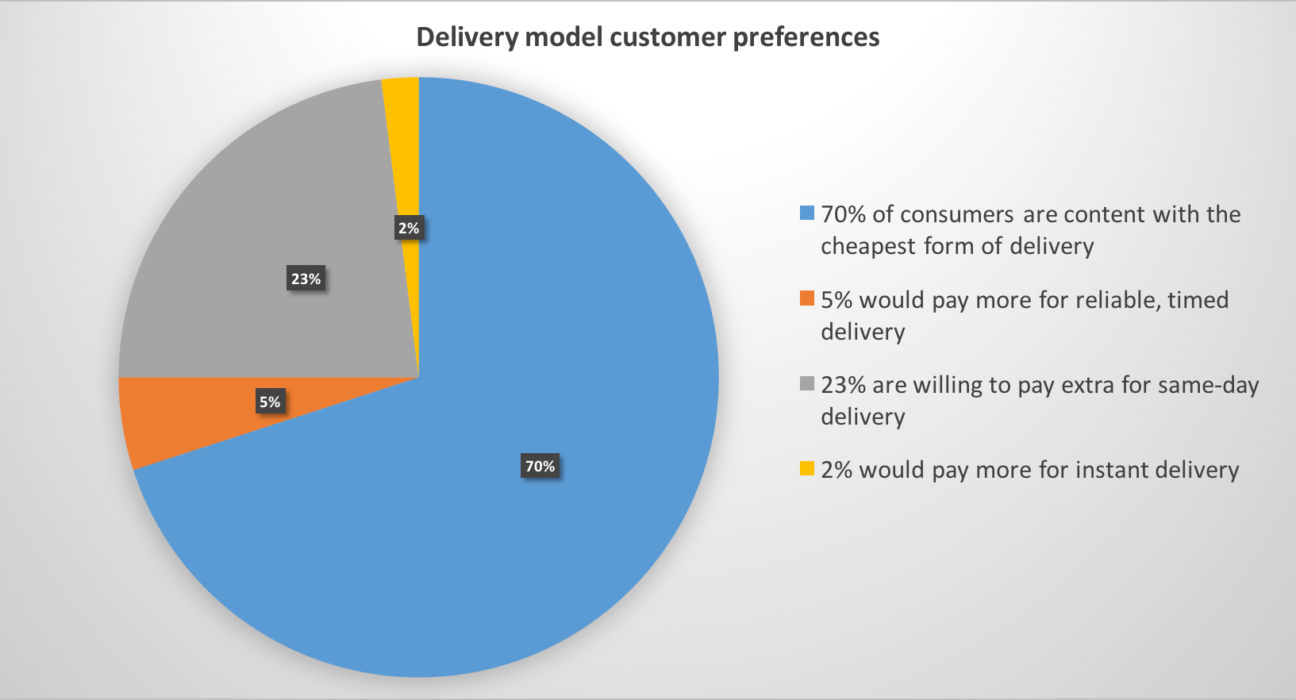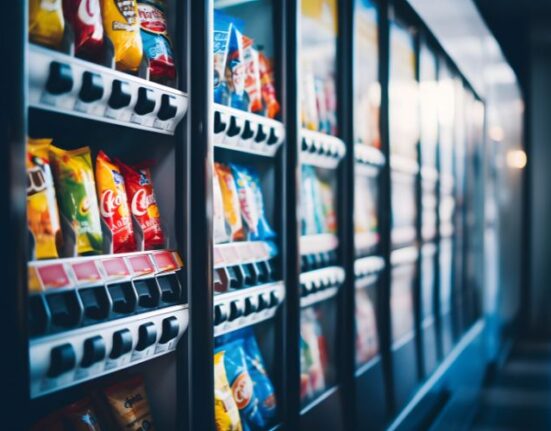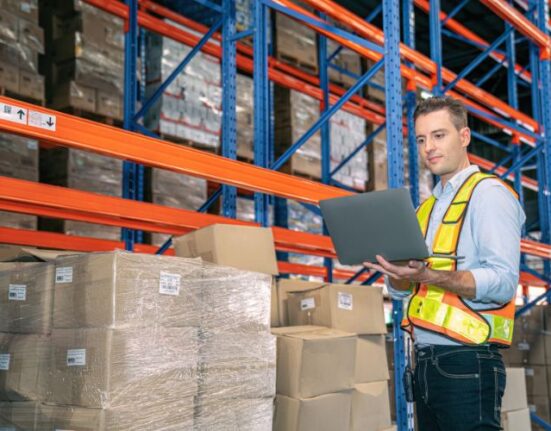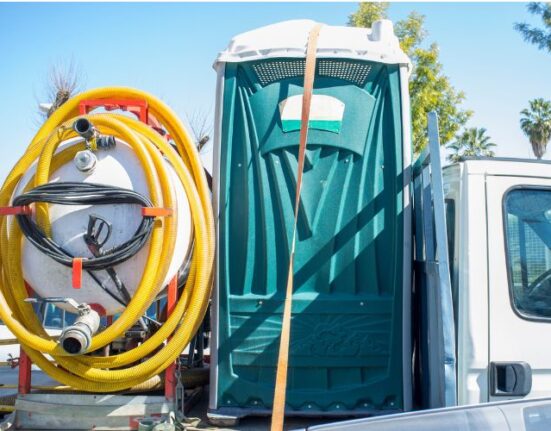Recently the importance of last-mile services has increased, and is expected to increase more in the coming years. In a recent study by McKinsey and Company, it was found that the global parcel delivery (only drop-off delivery) was worth $70 billion, with the big countries of the US, China, and Germany making up 40% of that number. Furthermore, the last-mile market increased in 2015 by 7-10% in the developed countries and by 100% in developing countries. With that amount of money at stake, becoming a leader in that market can give you access to continuously growing revenue.
One of the leading companies with regard to speed and pricing of same-day deliveries has become Amazon. They have been on the forefront and have received tons of media attention for their plans to integrate near instantaneous delivery with the use of drones. On Dec 7. 2016, Amazon was able to complete an order, from purchase to delivery, in 13 minutes, as shown on robotictrends. Not only that, but they have applied to patent a floating warehouse where drones can load and deliver packages across a city in record time.
The demand for quick delivery is guaranteed to grow, though cost is still the largest deciding factor when consumers are choosing their delivery preference. In its current state, 70% of consumers were happy with choosing the cheapest option for delivery. However, approximately 30% were willing to pay extra for timely service, though no more than 3 USD.
* Source: Parcel delivery – The future of last mile, McKinsey&Company
The brunt of expedited service falls on the shoulders of businesses in the industry to make certain they can lower their costs to handle the growing market. Younger consumers especially are becoming more demanding and pushing for faster and faster delivery times. When you consider that movies/TV shows and music are all experienced instantaneously, it isn’t unreasonable that people will expect similar expediency when purchasing products from home.
Two areas that can see a lot of growth, and are currently most affected by perceived slow delivery times are Groceries and Medications. Both of these markets have their own reason for second-thought in regards to door to door delivery. Groceries are expected to be fresh, and medication is often time sensitive, so anything other than same day delivery just won’t do. Startups have slowly been forming in the past years trying to take advantage of the openings created by the demand for delivered goods, meaning even more competition being created.
* Source: Parcel delivery – The future of last mile, McKinsey&Company
The growth of Last-mile, or final-mile services could soon be the differentiating factor in purchasing. Consumers have long grown weary of unattended deliveries (unattended in this sense means having to pick up a parcel from a brick and mortar shop ie. UPS store). If you had to leave your house to pick up an order, what is the point of ordering remotely and choosing delivery?
Becoming a capable and reliable delivery provider may not only increase business, but it improves customer relations and improves brand reputation. Modern IT systems, such as route optimization systems, are becoming a must for logistic companies in order to remain competitive by increasing the level of service while also keeping costs under control.
This article originally appeared on optimoroute.com.

















